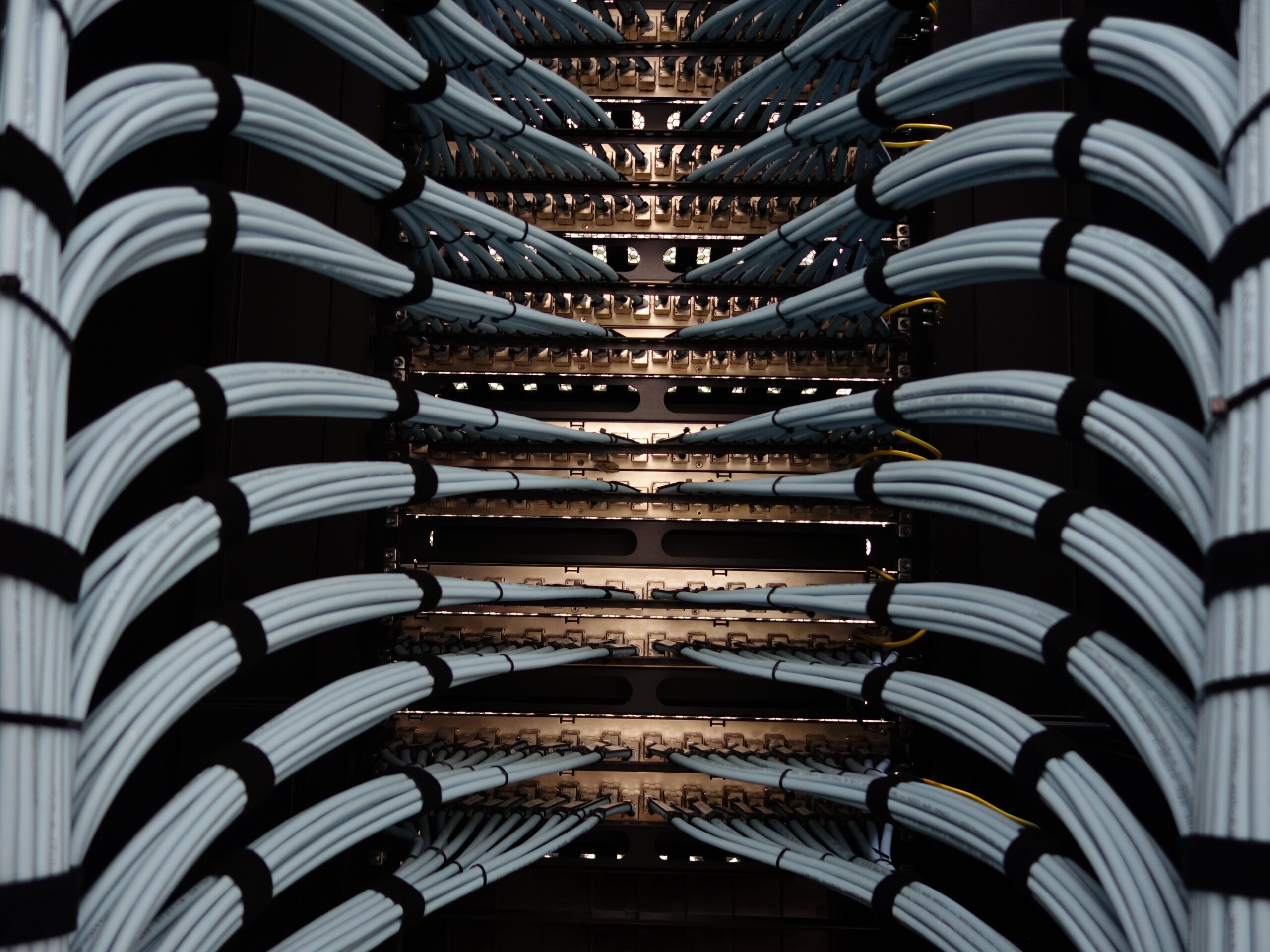
Structured Cabling Systems
In today’s digital age, businesses rely heavily on a robust and efficient network infrastructure to ensure seamless communication and data transfer. One crucial component of this infrastructure is the structured cabling system. This article will delve into the importance of structured cabling systems, their benefits, and their key components.
A Backbone for Efficient Network Infrastructure
Structured cabling systems form the backbone of any modern network infrastructure. They provide a standardized approach to organizing and connecting various devices and equipment within a building or campus. Unlike traditional point-to-point cabling systems, structured cabling systems offer a more flexible and scalable solution that can adapt to the evolving needs of a business.
One of the key benefits of structured cabling systems is their ability to support multiple types of data, voice, and video applications. With a structured cabling system in place, businesses can easily integrate their telephone systems, computer networks, and audio-visual equipment, eliminating the need for separate wiring systems. This integration not only simplifies the management of the network but also reduces the overall cost of installation and maintenance.
Another advantage of structured cabling systems is their inherent flexibility. As businesses grow and expand, their network infrastructure needs to accommodate additional devices and equipment. With a structured cabling system, adding or relocating devices becomes a hassle-free process. The modular design of structured cabling systems allows for easy scalability, ensuring that businesses can adapt to changing requirements without disrupting their operations.
Structured cabling systems consist of several key components. The backbone cabling, also known as the vertical cabling, connects the main equipment rooms, telecommunication rooms, and entrance facilities. Horizontal cabling, on the other hand, connects the work area outlets to the telecommunication rooms. Patch panels, cables, connectors, and various other hardware components complete the structured cabling system, providing the necessary connectivity and organization.
In conclusion, structured cabling systems are an essential component of a modern network infrastructure. They offer numerous benefits, including flexibility, scalability, and cost-effectiveness. By implementing a structured cabling system, businesses can ensure efficient communication, improved productivity, and reduced downtime. Whether setting up a new network or upgrading an existing one, investing in a structured cabling system is a wise choice for any organization looking to optimize its network infrastructure.


